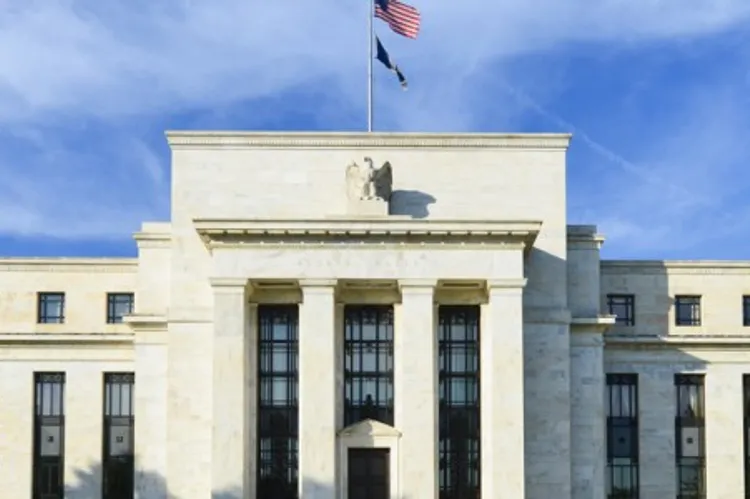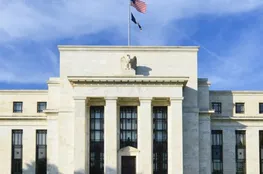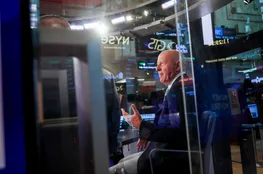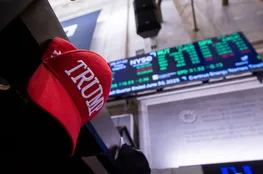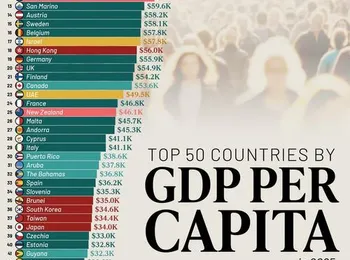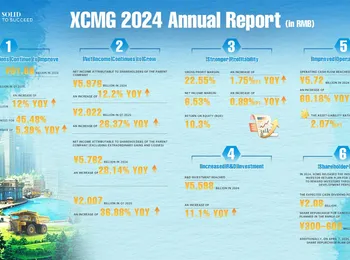Financial markets are overwhelmingly predicting a Federal Reserve interest rate cut at its September 16–17 policy meeting, with a staggering 99.9% probability according to CME Group’s FedWatch tool. This near-unanimous consensus is fueled by recent U.S. inflation data, weaker-than-anticipated labor market figures, and political pressure. Traders anticipate a quarter-point reduction in September, a move supported by arguments for more aggressive action. July’s Consumer Price Index (CPI) showed a moderate rise, while revised labor market data revealed significantly reduced job growth in May, June, and July compared to initial reports. This shift in economic indicators has prompted calls for a more substantial cut – as much as 50 to 175 basis points – from figures like U.S. Treasury Secretary Scott Besent, who stated, "If we’d seen those numbers in May, in June, I suspect we could have had rate cuts in June and July," adding that "rates are too constrictive… we should probably be 150 to 175 basis points lower." However, not all Federal Open Market Committee (FOMC) members share this enthusiasm. Chicago Fed President Austan Goolsbee cautions against a ‘lurching’ approach, emphasizing that recent CPI data, particularly the increase from 2.9% to 3.1%, indicates that inflation is not yet firmly under control. Goolsbee argues that persistent service-sector price increases could complicate the disinflation process. The debate is further complicated by a politically charged environment. President Donald Trump has repeatedly criticized current Fed Chair Jerome Powell, labeling last year’s pre-election rate cuts "politically motivated," and is planning to appoint a successor early. The White House has expanded its list of potential replacements to 11 names, though only "three or four" are considered serious contenders. The administration’s policy team, including Besent and top adviser Joe Lavorgna, maintains that the inflation data "unambiguously supports lower interest rates," arguing that the cost of tariffs is primarily absorbed by domestic firms. Fed Governor Michelle Bowman also advocates for a more proactive stance, warning that maintaining current policy could lead to "unnecessary erosion in labor market conditions" and necessitate a steeper correction later. Analysts at Citi share a similar view, suggesting that the lack of tariff-related price pressure "should reduce lingering Fed official inflation concerns and allow for a series of rate cuts beginning in September." They even suggest markets may be "underpricing the potential for faster and/or deeper cuts." The potential for quicker easing is further bolstered by the fact that headline CPI inflation remained steady at 2.7% in July, indicating that price pressures haven’t fully subsided. Fed Chair Jerome Powell is scheduled to speak next week at the central bank’s annual symposium in Jackson Hole, Wyoming, a key event where he signaled coming rate cuts last year. Markets will closely scrutinize his remarks to determine whether September’s move will be the standard 25 basis points or the larger 50 basis points advocated by Besent and others. Currently, momentum favors easing, with markets treating a September cut as nearly certain. Nevertheless, the path beyond that remains uncertain, particularly if businesses begin to pass tariff costs onto consumers.
For oil markets, a rate cut should provide some support due to softening dollar exchange rates, with trading slightly higher in early trade on Thursday. The overall outlook reflects a significant shift in expectations, driven by evolving economic data and political considerations, highlighting the complex dynamics influencing the Federal Reserve’s decision-making process.

